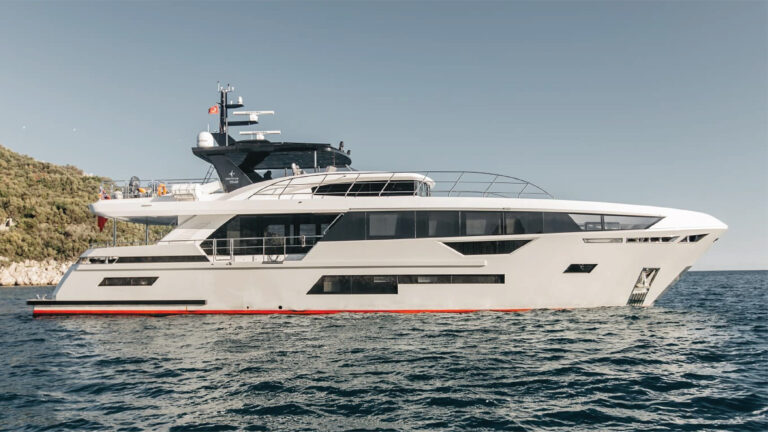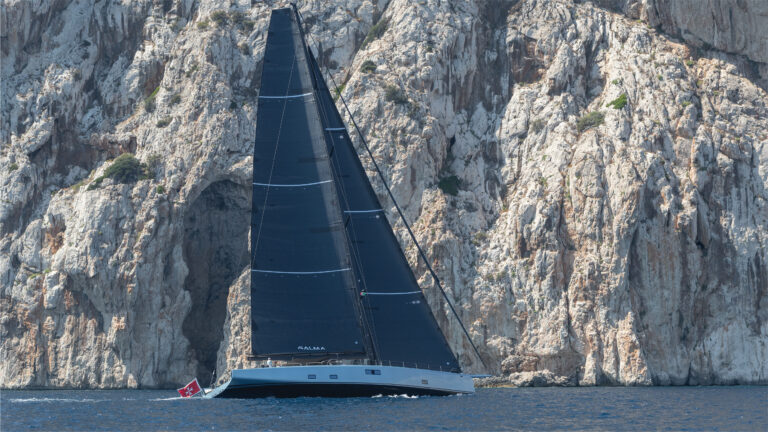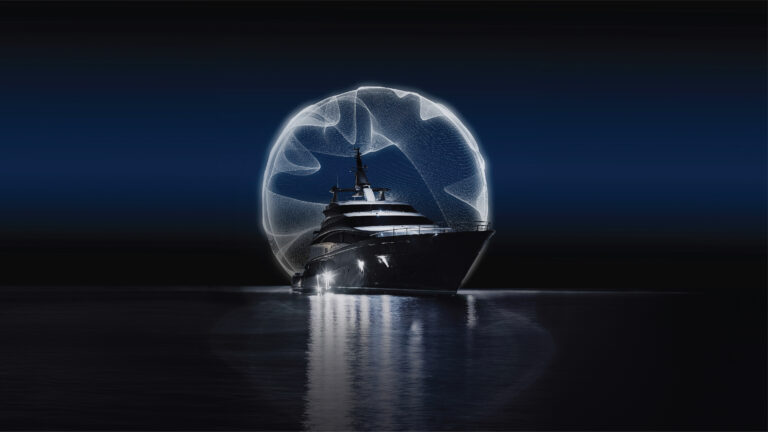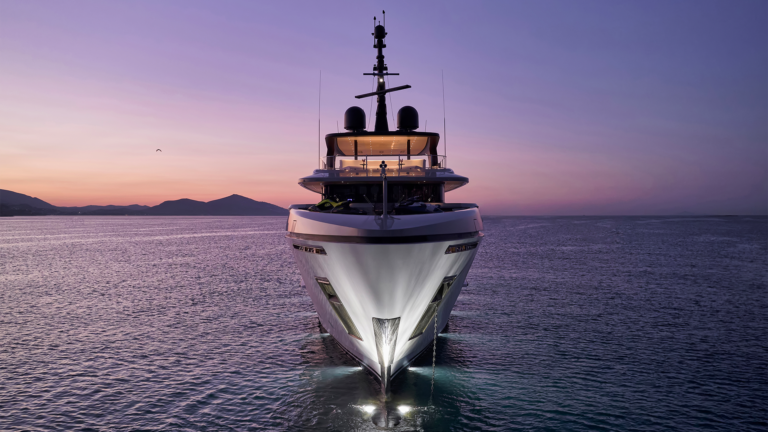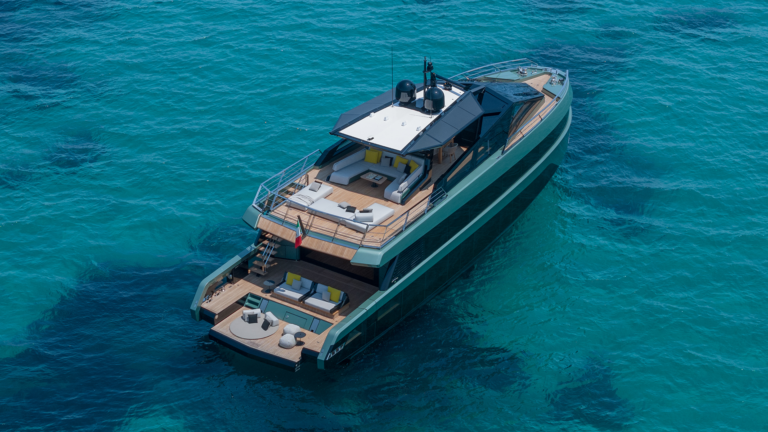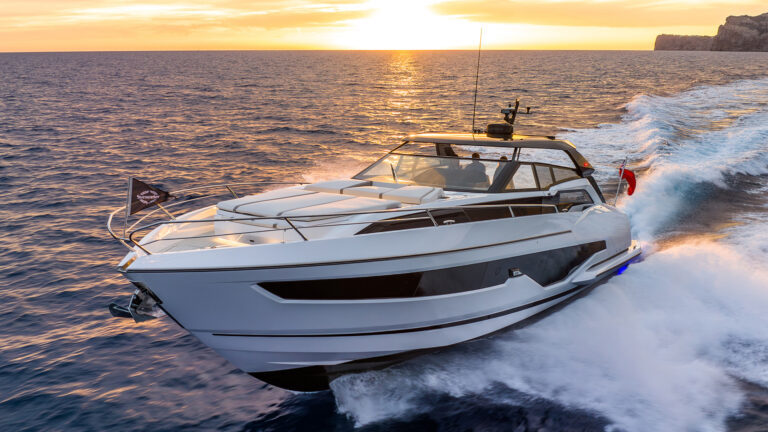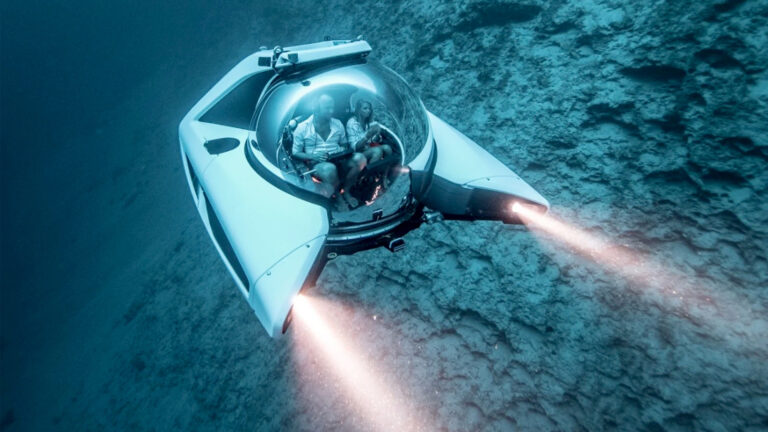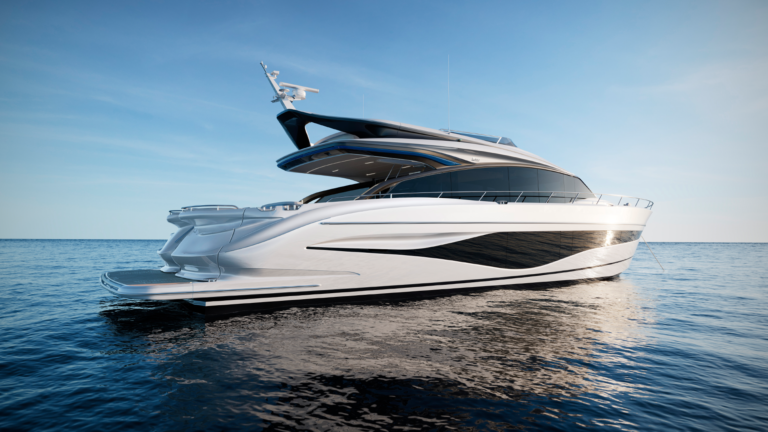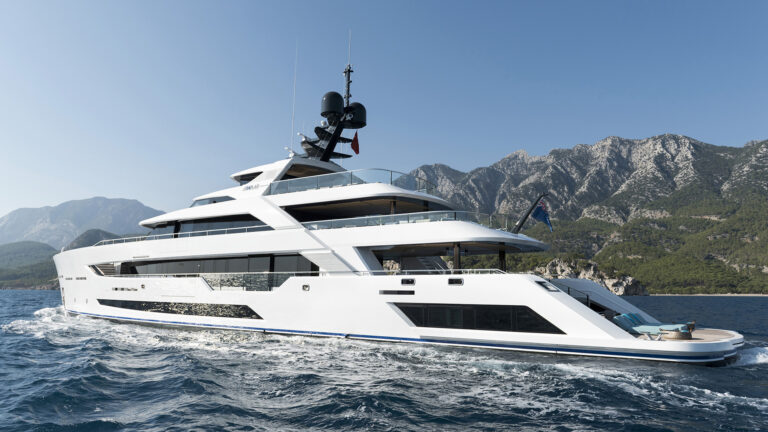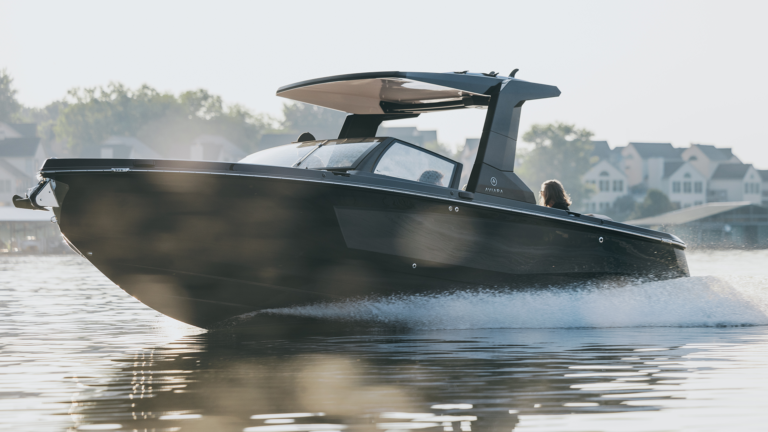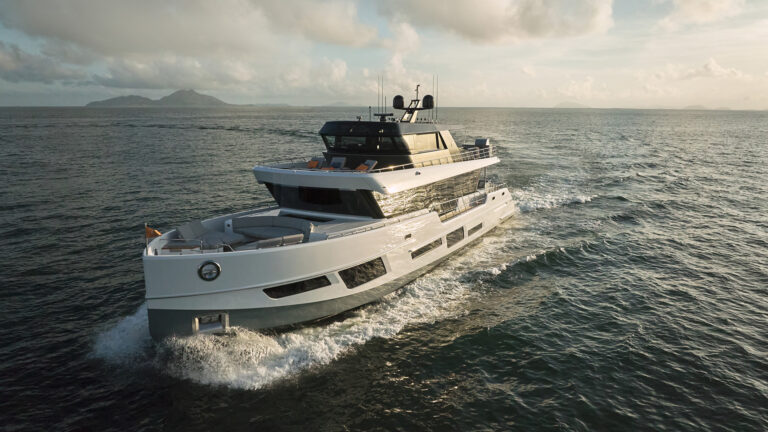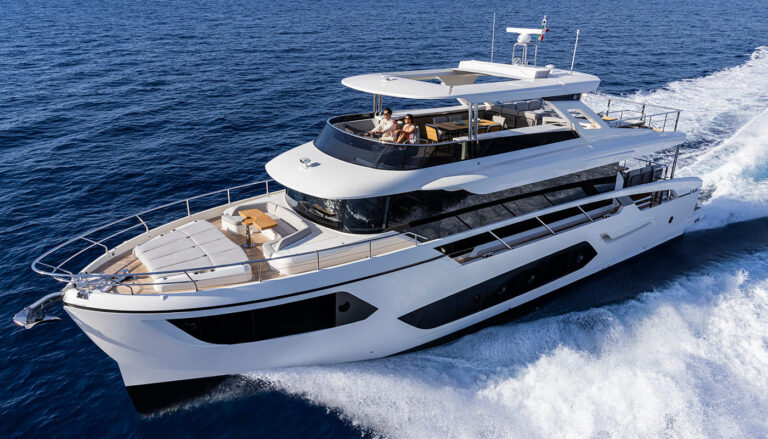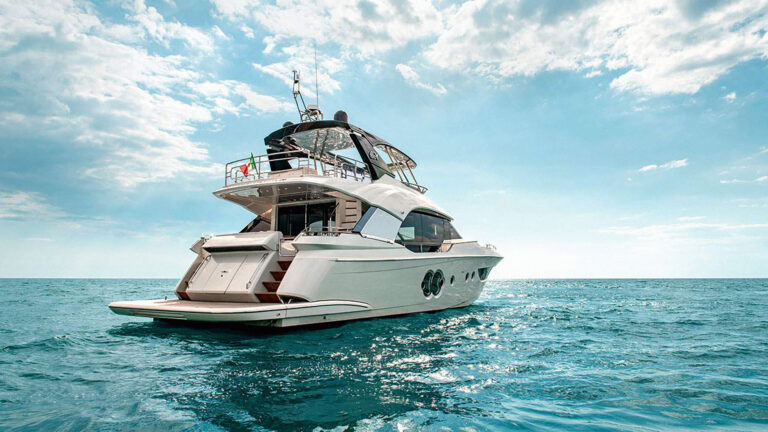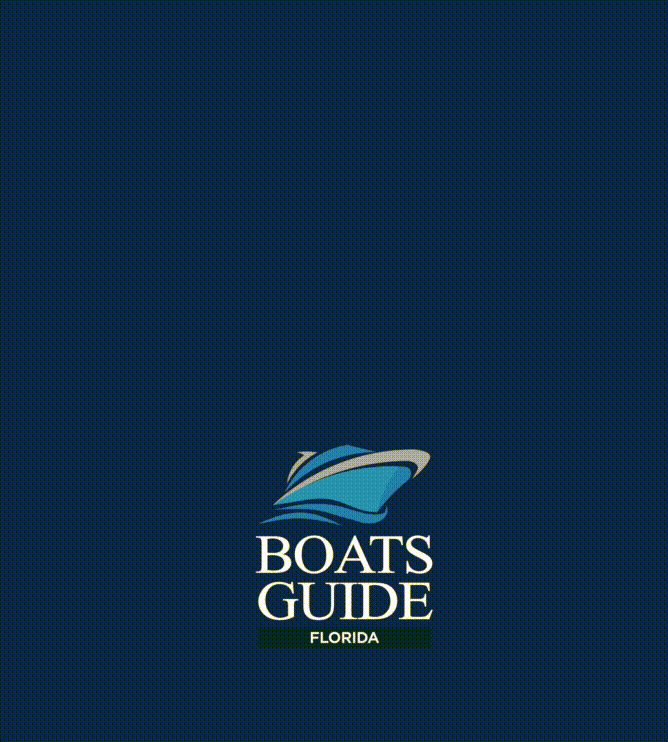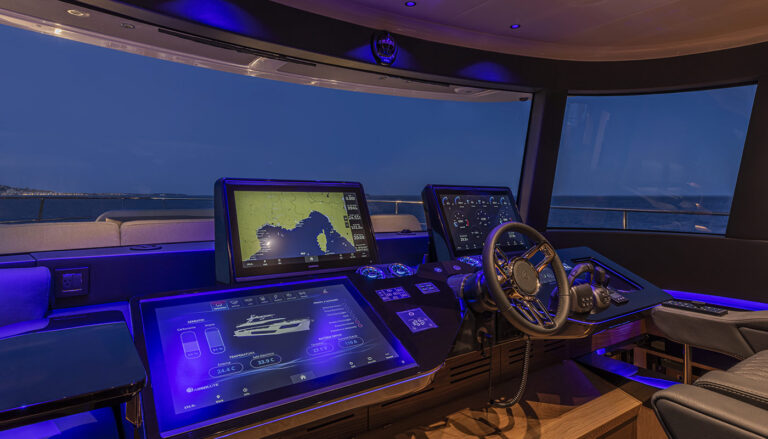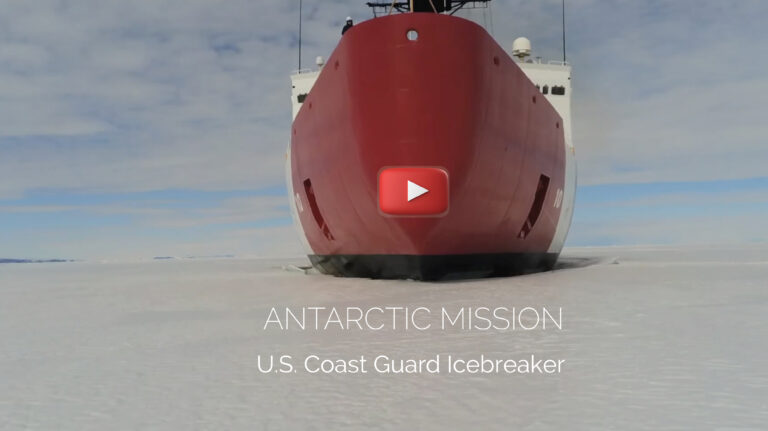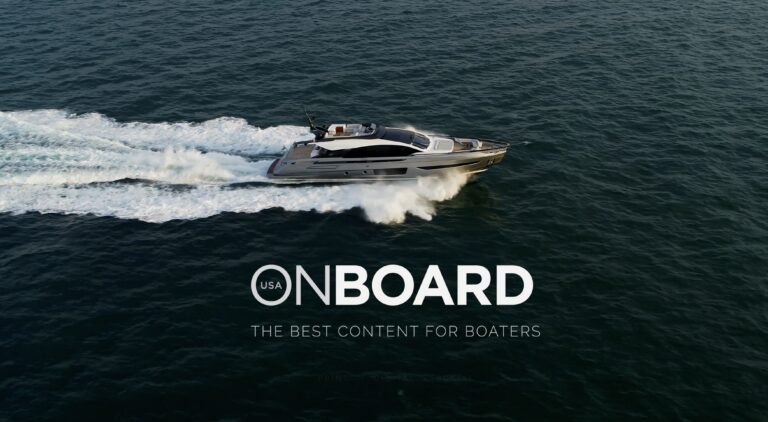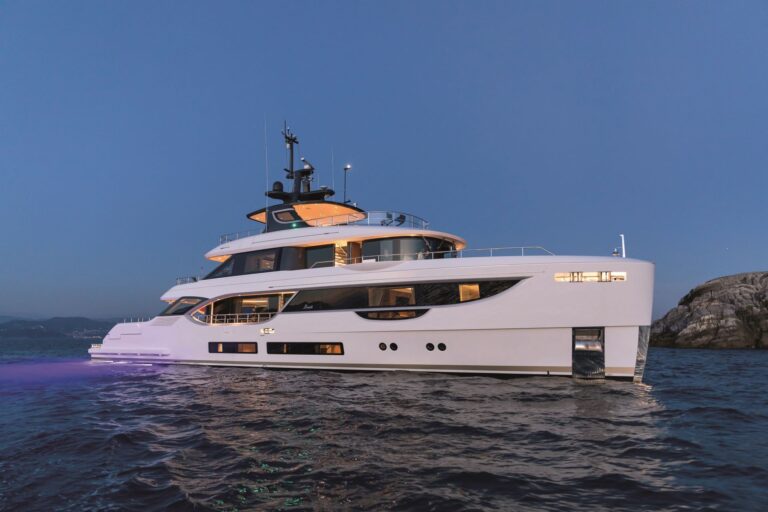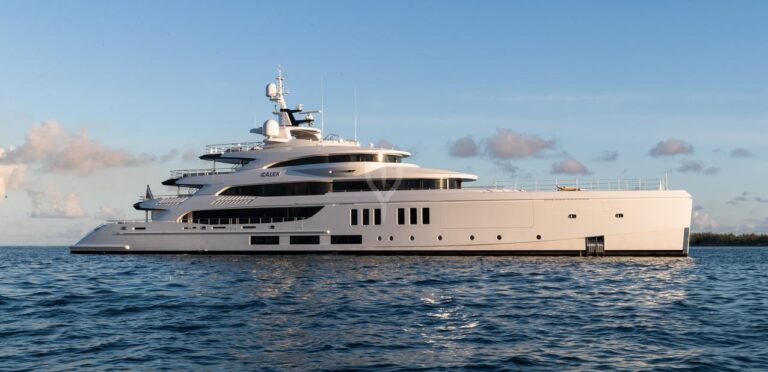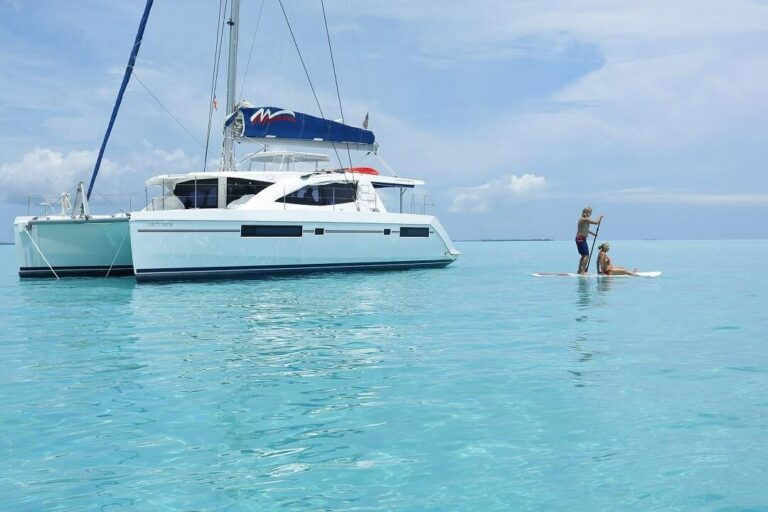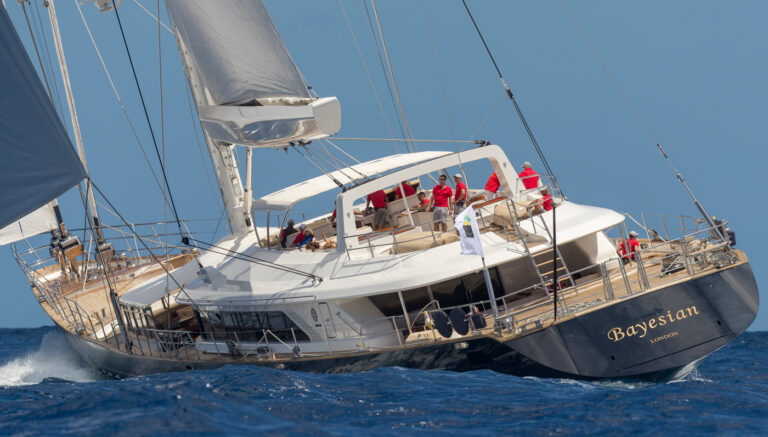It is not about taking a meteorology course or becoming an expert. But understanding why certain climatic phenomena occur can help us prevent an awful moment. While there are many ways to check the forecast today, boaters sometimes don’t do it often enough. It is said that during a journey a consultation of the weather conditions every 3 hours is vital. But either due to lack of connection or forgetfulness, this is rarely the case.
A little additional knowledge can add to the navigator the detection of climatic phenomena that herald a wind increase in or a storm. Fog or rain are weather events that hinder visibility and make navigation more problematic, although today, technology provides us with very effective tools to improve navigation in these conditions. The biggest threat remains the sudden and unexpected increase in wind speed that acts directly on the size of the waves.
The main meteorological variables that affect navigation are temperature, humidity, and pressure, which, independently, have no direct relevance to navigation conditions. But certain combinations of those factors create adverse weather conditions that we would like to avoid.
Atmospheric pressure is one of the less obvious elements of weather, and it is something that most people ignore. Pressure variations are not perceptible, for example, temperature, precipitation, relative humidity, or wind, the latter being the one that can most affect navigation conditions.
The wind is generated by the differences in atmospheric pressure between a high-pressure front and a low-pressure front coexisting in the same vast geography at the same time. To predict wind, there are some factors that forecasters look at: the location of high and low pressures, how strong they are, how they interact with each other, and local topography.
The wind is the horizontal movement of air, defined by its speed and direction, being one of the phenomena with the most significant influence on navigation. When uneven heating occurs on Earth and in the atmosphere, pressure changes are generated. The unequal distribution of solar radiation and the different thermal properties of the land and ocean surfaces are the factors that cause wind formation. Therefore, if you know where a low-pressure system will be centered, you have a good chance of predicting the intensity of the winds at a fixed location.
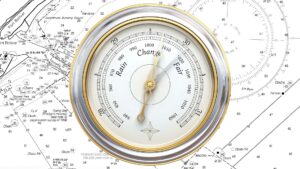
Consequently, it is an excellent idea to have a barometric station on the ship to know the behavior of the atmospheric pressure. If the navigator plans to make a voyage for several hours, it is convenient to keep a record of pressure trends every three hours.
It is very helpful because the pressure trend logs every three hours will tell the boater precisely what the pressure is doing, whether it is falling, rising, or constant. The trend marking the record is directly related to air movement, horizontally and vertically.
The air movement in the horizontal is easy to identify since we perceive it (wind) and see its impact directly on the ocean surface in waves. The vertical component of air movement is much less obvious but is directly related to cloud formation or dissipation. Downward pressures coincide with cloud formation; conversely, the increase in pressure coincides with the decrease in clouds. The boater needs to note the pressure rise and fall rate to determine how quickly winds will increase or decrease and how quickly clouds will form and decrease.
A sudden downward change in barometric pressure can be a warning of increased wind intensity in the following hours.
When we left the dock, the forecast predicted a calm day, guaranteeing a comfortable and safe journey. But as the hours went by, we verified a change in the barometric pressure; it is time to consult the updated forecast for the area to be navigated and pay attention.
The alerts may be issued by the National Weather Service (NWS), dependent on the National Oceanic and Atmospheric Administration (NOAA).
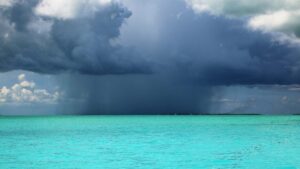
How to interpret an alert for navigation?
Major weather reports are generated and issued by the National Weather Service (NWS), a part of the National Oceanic and Atmospheric Administration (NOAA). A critically important function of the NWS is its marine forecast program and the watches and warnings that result from it.
The lowest criteria for a marine alert is a marine advisory called a “Small Craft Advisory” (SCA). An SCA can be issued for wind, waves, and even ice. The criteria for issuing an SCA varies and is specific to each geographic area of the United States coastal and inland waters, including the Great Lakes. For winds, the range will be between 20 and 33 knots. Note that this refers to sustained winds, determined by one-minute wind averages. Wind gusts that last only a few seconds, and are sometimes up to 40 percent higher than sustained winds, are generally not within the realm of accurate prediction. Gusts directly affect objects, but their influence on wave height is relatively low.
Criteria for the wave height, defined as “the average height of one-third of the waves present,” are variable. For example, the NWS office in Morehead City, North Carolina, can issue an SCA for wave heights of 5 feet, while the Eureka, California office uses a 15-foot reference point. The reason for this variation is the class of boats that mainly ply the area served by the NWS, whether they are recreational power boaters in the city of Morehead or the commercial fishing industry in Eureka. Therefore, it is crucial to know the criteria applied by the Meteorological Service office of the area you are going to navigate. It is not the same to receive a Small Craft Advisory (SCA), which means a warning of 5-foot waves, as another identical one, which means 15-foot waves.
Following the basic category of an ACS that warns us of an increase in wave height comes a gale warning (34 to 47 knots sustained wind), then a storm warning (48 to 63 sustained knots), and, finally, a hurricane-force warning (64 knots and above).
These warnings should leave no doubt whether a recreational boater believes he should risk encountering these stronger winds. The response to these warnings is to seek shelter as soon as possible.
Alex Gasquet. ©UsaOnboard 2022


